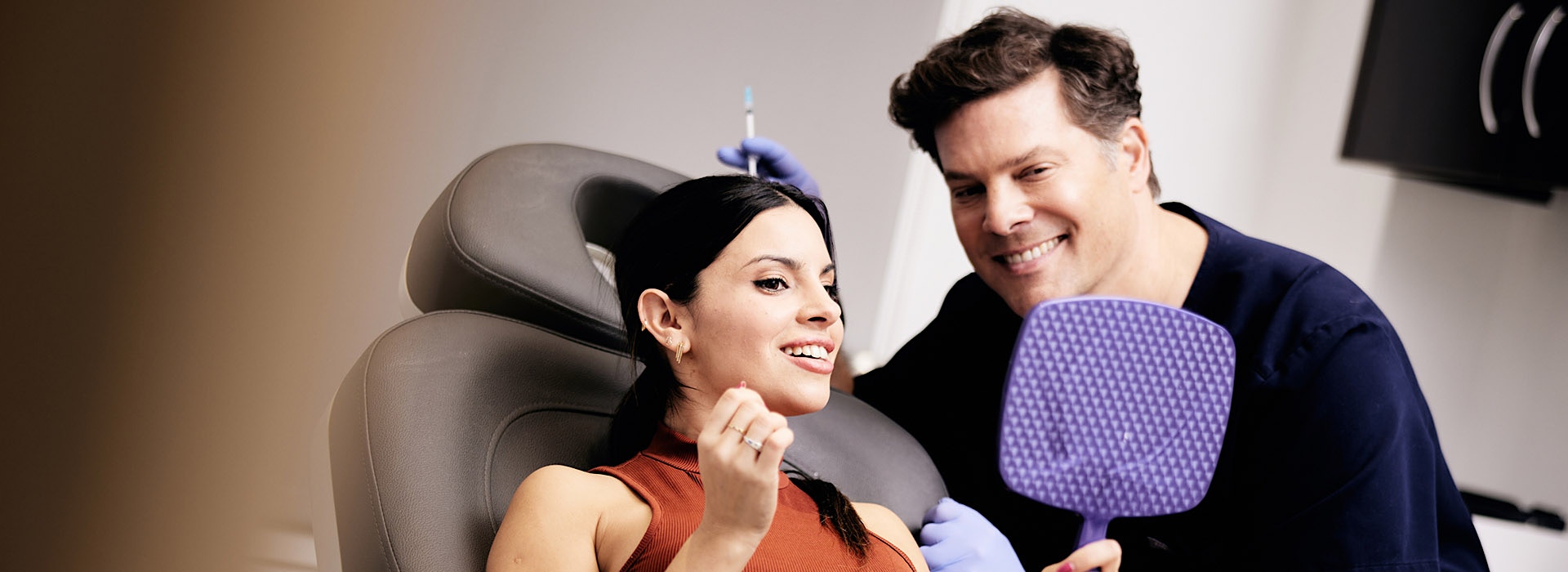Appropriate measures to manage swelling after rhinoplasty
- Follow any instructions given by the surgeon. After rhinoplasty, your surgeon offers detailed instructions on various measures to allow the nose to heal well.
- Apply cloth covered ice or a cold pack several times daily for a few minutes at a time for the first few days following surgery.
- Elevate the head particularly throughout the first two weeks.
- Eat a balanced diet high in protein and antioxidants to help repair the nasal tissue; low protein intake increases swelling. Avoid excess salt.
- Allow your body the time, space and relaxation to heal effectively.




